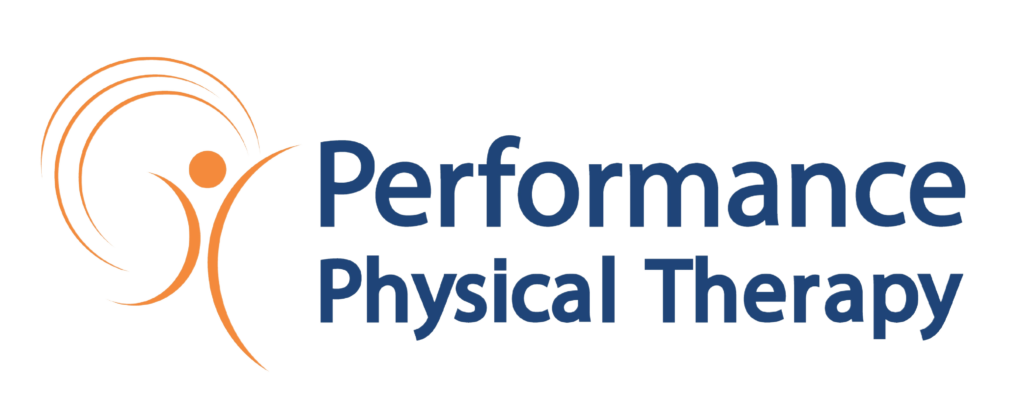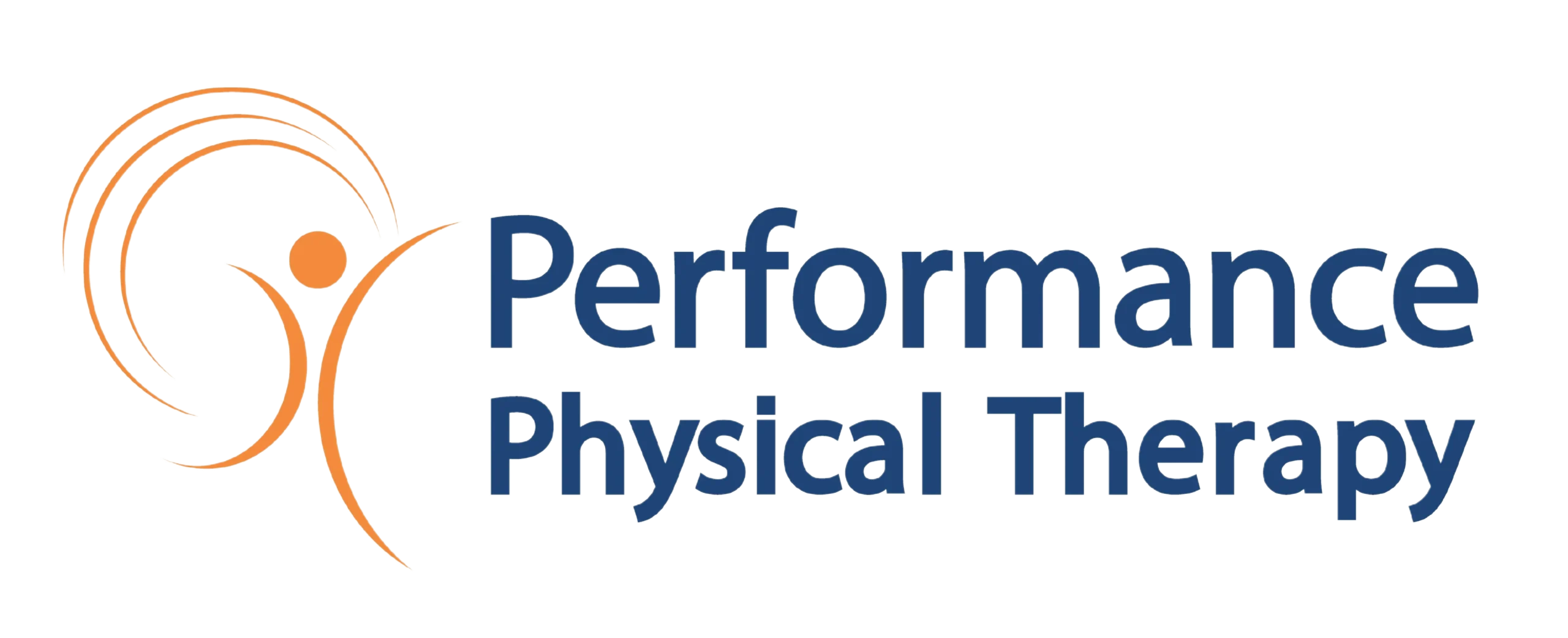Do you suffer from back pain or sciatica? 650 people were examined for low back pain or sciatica in a study published in the journal Orthopedics. About a quarter of those polled had experienced sciatica in the previous six months of the study. This demonstrates how common sciatica is. Sciatica is a term used to describe pain in the buttocks or down the leg caused by sciatic nerve irritation. A herniated disc is one of many causes of back pain that can radiate down the leg. True sciatica, on the other hand, is caused by the sciatic nerve being irritated or compressed. This can happen in the back or the buttocks.
Symptoms of sciatica
Sciatica usually manifests as aching pain in the buttock that spreads to the back or side of the thigh. It may also cause numbness or tingling. In severe cases, the leg may experience extreme pain and weakness, resulting in a “buckling” sensation.
What can be done to help sciatica?
It is critical to treat the cause of sciatica rather than the symptoms. Medication may help to numb the pain and reduce inflammation, but it does not address the underlying cause of the sciatic nerve pressure or irritation. Here are some useful tools for relieving sciatica pain:
- You should change your position frequently. Many sciatica episodes are caused by prolonged sitting, poor posture, and weak core muscles. If you have a sciatica flare-up, alternate between sitting, standing and lying down positions. If possible, alternate every 15 minutes.
- Do not sit for long periods of time. Sitting puts more pressure on the sciatic nerve as it travels down the leg below the gluteus muscles. Avoid long periods of sitting on a soft couch or in hard chairs. If you can, try walking for 10-15 minutes at a comfortable pace outside or on a treadmill.
- Increase the mobility and strength of your hips. Our hips have a very wide range of motion. However, if we sit at a computer or watch TV all day, our ligaments and muscles around the hips tighten, resulting in a loss of motion. While this loss of motion may not be visible, it alters the stress and strain on your spine. Improve your hip mobility and strength to relieve sciatica nerve pressure. Consult with one of our physical therapists to determine which exercises are appropriate for improving hip flexibility and strength.
- Increase the flexibility of your spine in a safe manner. A strong, flexible spine is essential for overall health and performance. However, knowing the right exercises for your sciatica or back pain is critical, as improper exercise can cause further damage. This is where a physical therapist’s expertise can come in handy. Our therapists have years of experience in medicine and medical exercise programs, so they know the right path of gentle hands-on treatments and exercises to help your problem.
- Seek the advice of a professional. If you have had sciatica for more than three days, you should seek medical attention immediately to avoid long-term damage. Sciatica is a condition that affects the musculoskeletal system. Physical therapists are medical professionals who specialize in treating the musculoskeletal system. As a result, seeing a physical therapist as soon as possible is critical to a quick recovery and avoiding future episodes of back pain or sciatica. We can assist you even if you have been suffering for years.
There is a lot you can do to get rid of your sciatica or back pain. Physical therapy is the first line of natural treatment for a successful recovery. Discover how our back and neck program can provide you with the immediate relief you require without the use of pills. Contact us today to discuss your sciatica or back pain with one of our specialists.


